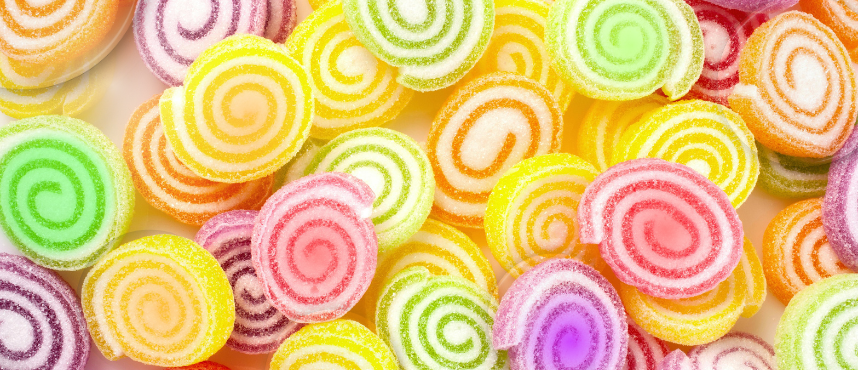At Neelikon, a trusted global manufacturer of high-quality dyes and pigments, we understand the critical role that colour plays across industries such as food, pharmaceuticals, cosmetics, and personal care. Selecting the right type of dye for your application is essential to achieving the desired results while ensuring compliance with regulatory standards. In this blog, we delve into the fundamental differences between water-soluble dyes and oil-soluble dyes, providing insights into their characteristics, applications, and advantages.
What Are Water-Soluble Dyes?
Water-soluble dyes are dyes that dissolve in water and other polar solvents. They are designed to disperse uniformly in aqueous systems, creating vibrant and transparent colour solutions. Neelikon’s range of high-purity water-soluble dyes is ideal for a wide variety of applications where water is the primary medium.
Key Features of Water-Soluble Dyes:
-
- High Solubility: These dyes dissolve seamlessly in water, ensuring uniform colour distribution without sedimentation or precipitation.
- Bright, Transparent Shades: Water-soluble dyes produce clear, vivid colours, making them suitable for applications where transparency is key.
- Non-Staining Properties: They do not adhere to non-porous surfaces, which simplifies cleanup and handling.
- Applications: These dyes are widely used in products such as:
- Beverages
- Confectioneries
- Pharmaceutical tablets and syrups
- Liquid soaps and shampoos
- Cosmetics
- Regulatory Compliance: Neelikon’s water-soluble dyes meet stringent global regulations, including those of EU No. 231/2012,CFR ,EC 1223/2009 , IS 4707, JECFA & Chinese Regulation. (Wherever Applicable)
- What Are Oil-Soluble Dyes?
Oil-soluble dyes, on the other hand, dissolve/disperse in oils, fats, waxes, and other non-polar solvents. These dyes are formulated to integrate seamlessly into oil-based systems, making them indispensable in specific industrial and cosmetic applications.
Key Features of Oil-Soluble Dyes:
- Compatibility with Non-Polar Media: They dissolve effectively in oil-based formulations without separating or clumping.
- Rich, Opaque Colours: Oil-soluble dyes create deeper, more intense hues.
- Resistance to Water: Their insolubility in water ensures colour stability in oil-based products exposed to aqueous environments.
- Applications: Commonly used in:
- Oil-based cosmetics
- Hair Oil, Ointment, Lotion
- Candles and wax-based products
- Durability: Oil-soluble dyes tend to exhibit superior heat resistance and lightfastness, crucial for applications involving high temperatures or prolonged exposure to light.
- Regulatory Compliance: Neelikon’s oil-soluble dyes meet stringent global regulations, including those of CFR, EC 1223/2009, IS 4707, JECFA & Chinese Regulation. (Wherever Applicable)
Conclusion
Water-soluble and oil-soluble dyes each serve unique purposes and offer distinct advantages. Understanding their differences is key to unlocking the potential of colour in your products. With decades of expertise and a customer-centric approach, Neelikon is your trusted partner for vibrant, high-purity colour solutions. Reach out to us today to explore our comprehensive range of dyes and pigments for food, pharmaceuticals, cosmetics, and beyond.


